Nvidia GeForce RTX 3060 review: Big things in a small package
The affordable price of this entry-level GPU belies its power
-
+
Highly affordable
-
+
Capable modelling and rendering power
-
+
Compact size
-
-
Struggles with intense workloads

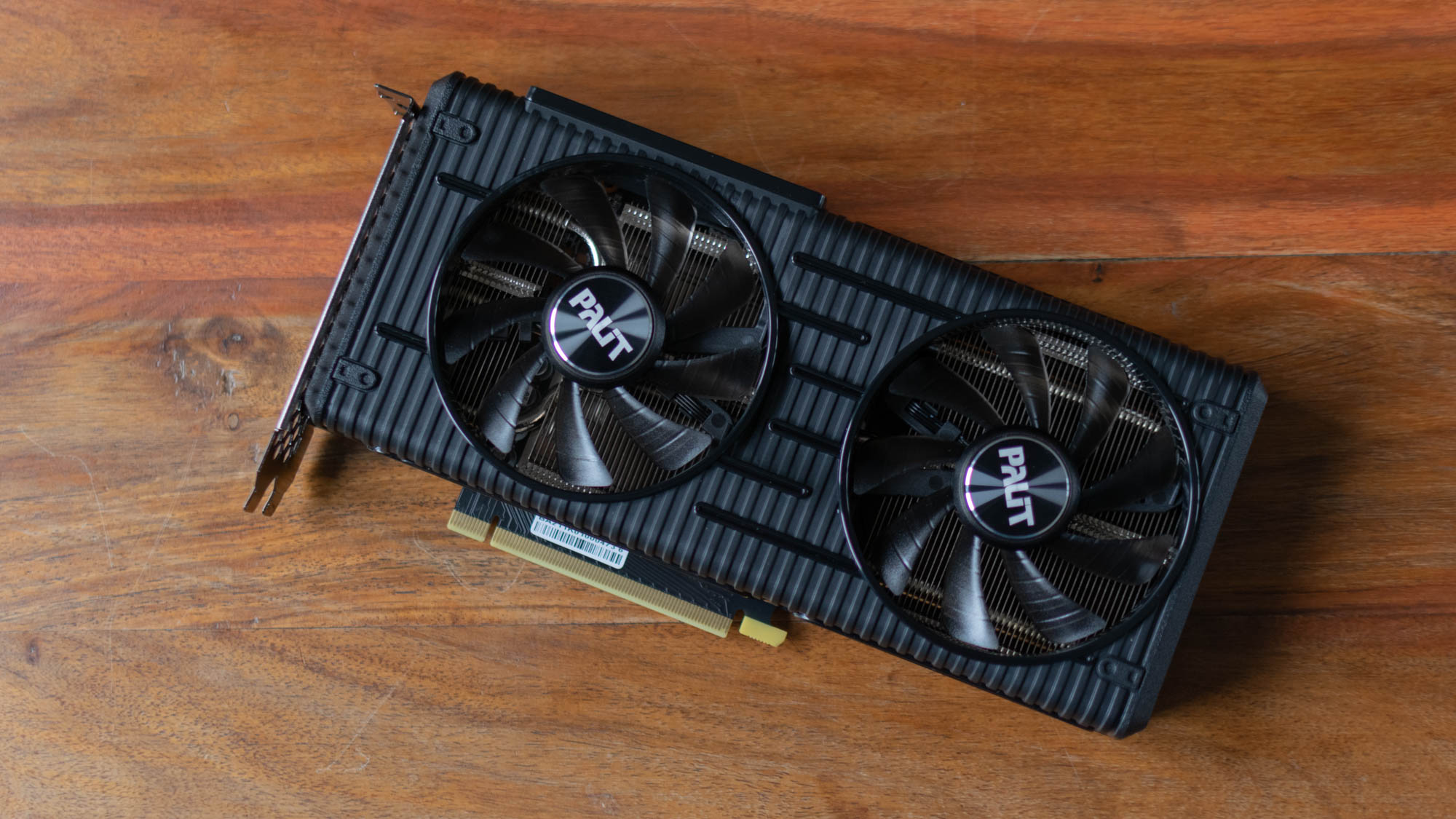
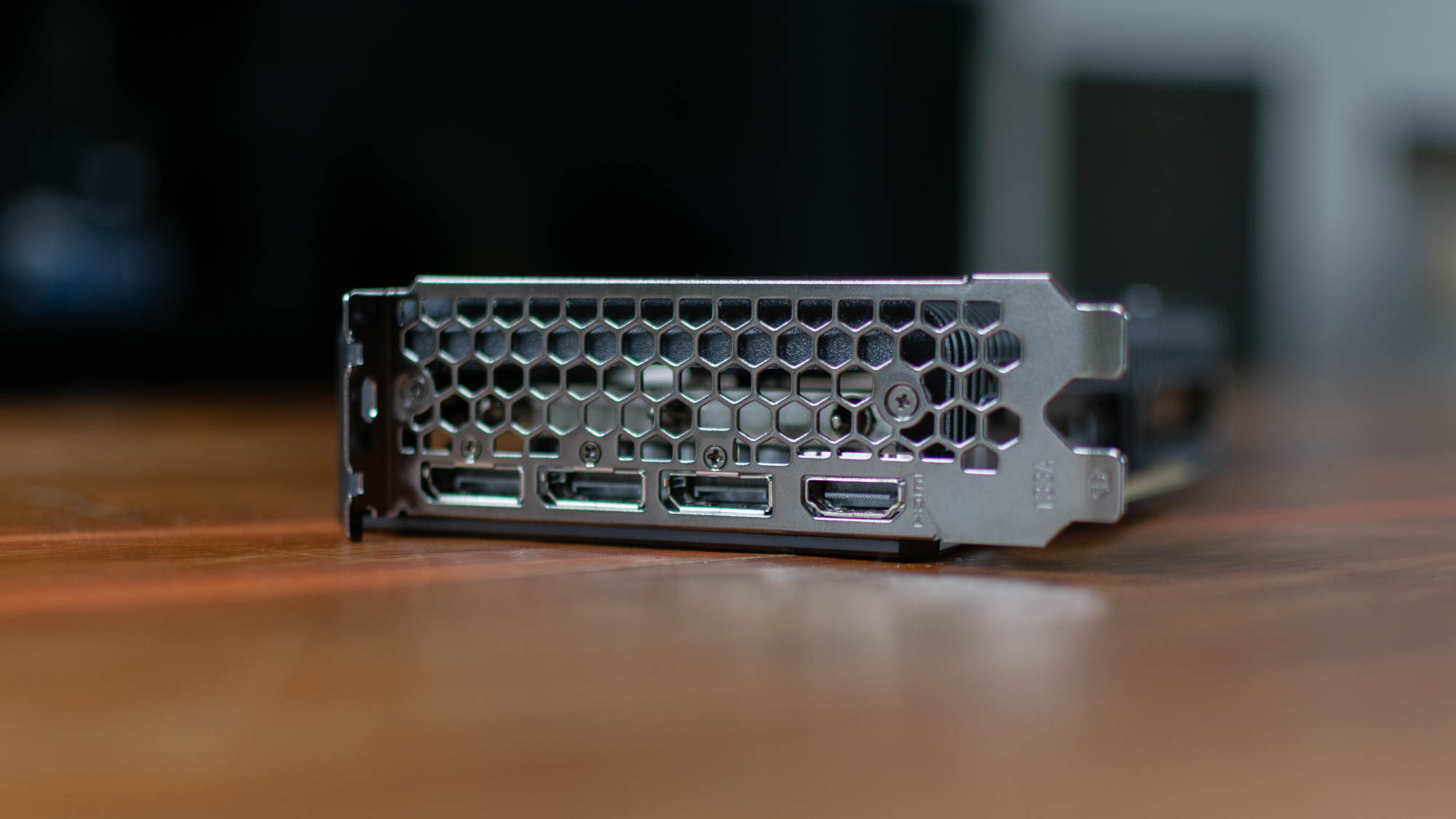
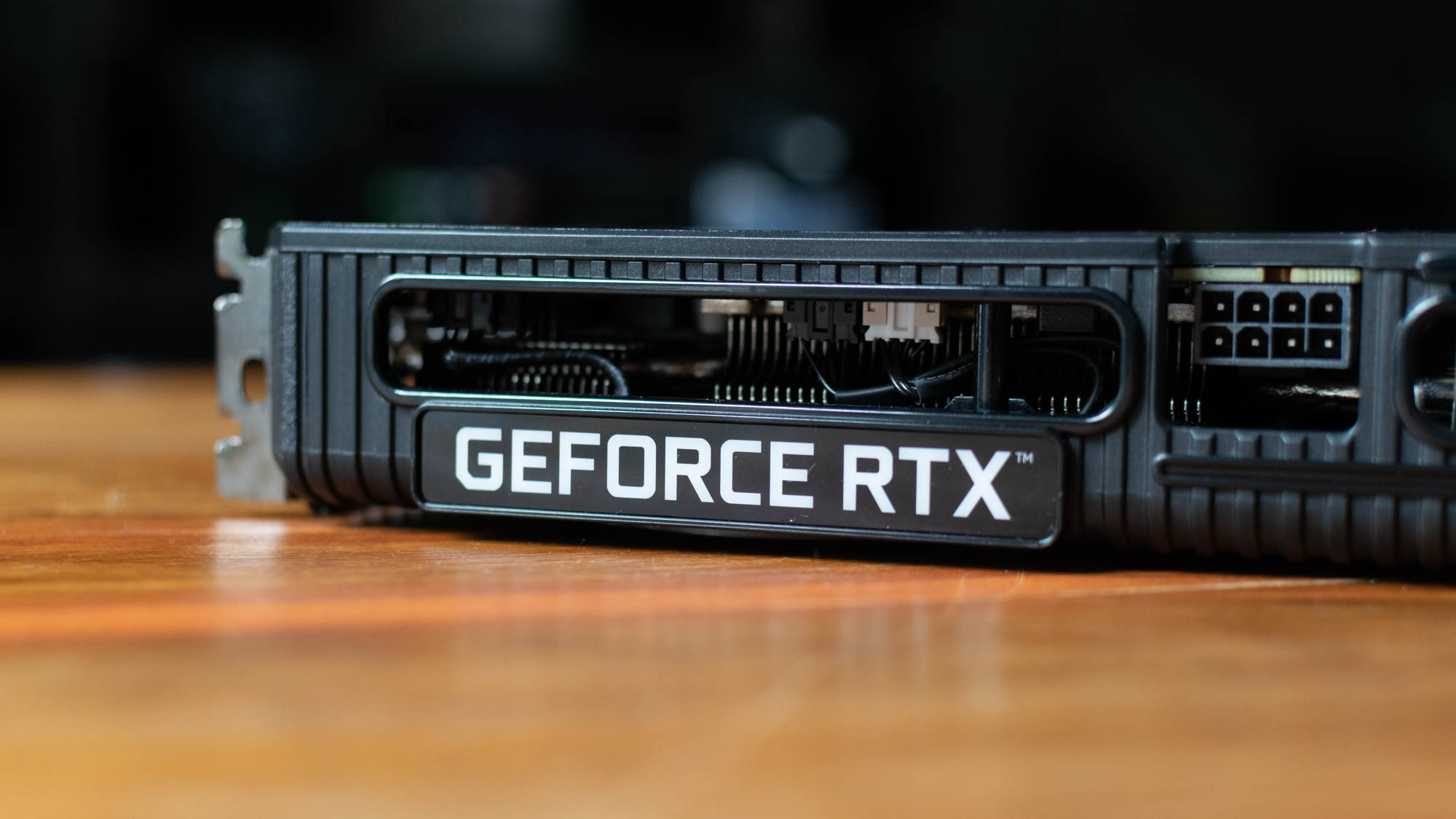
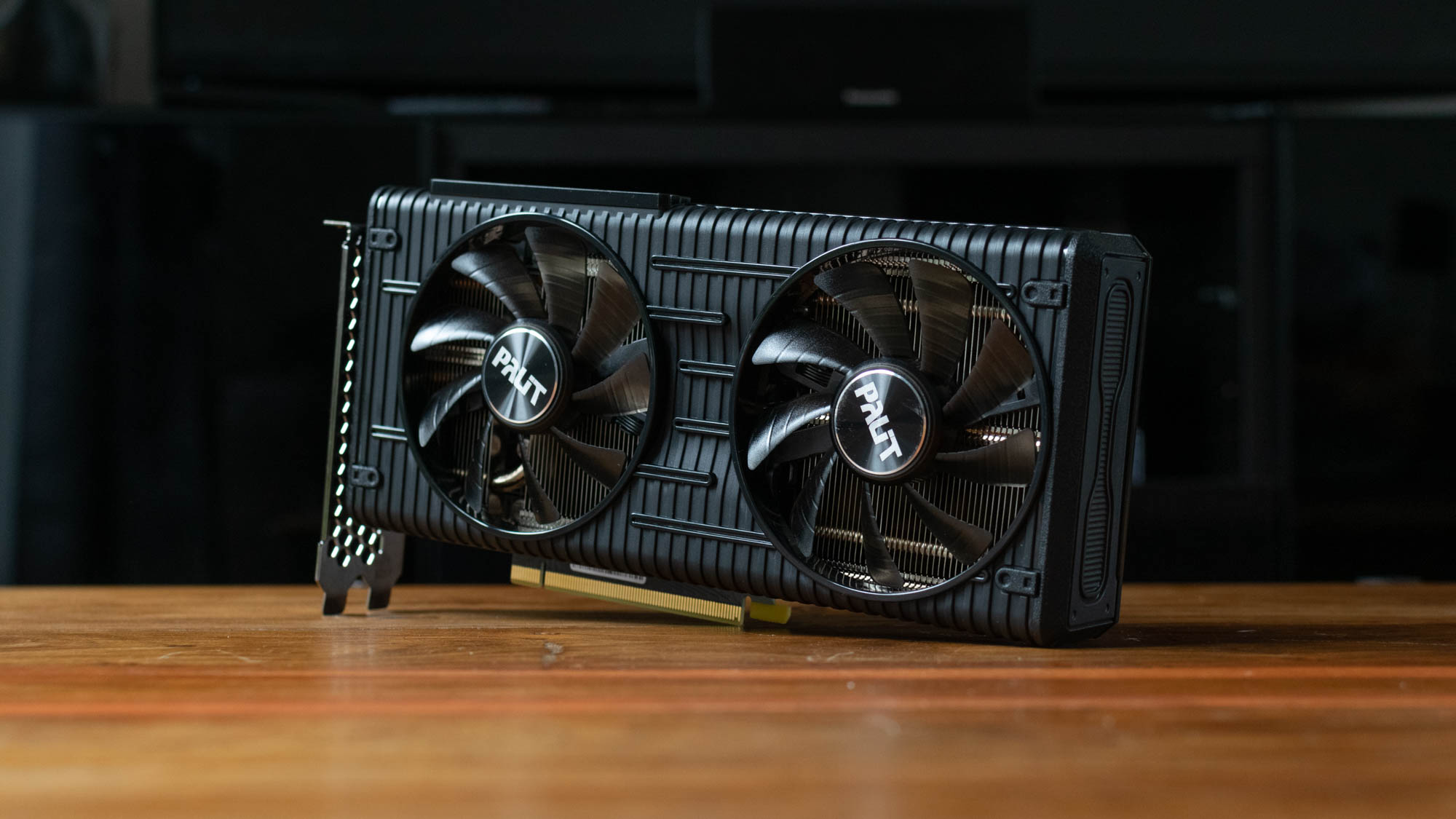
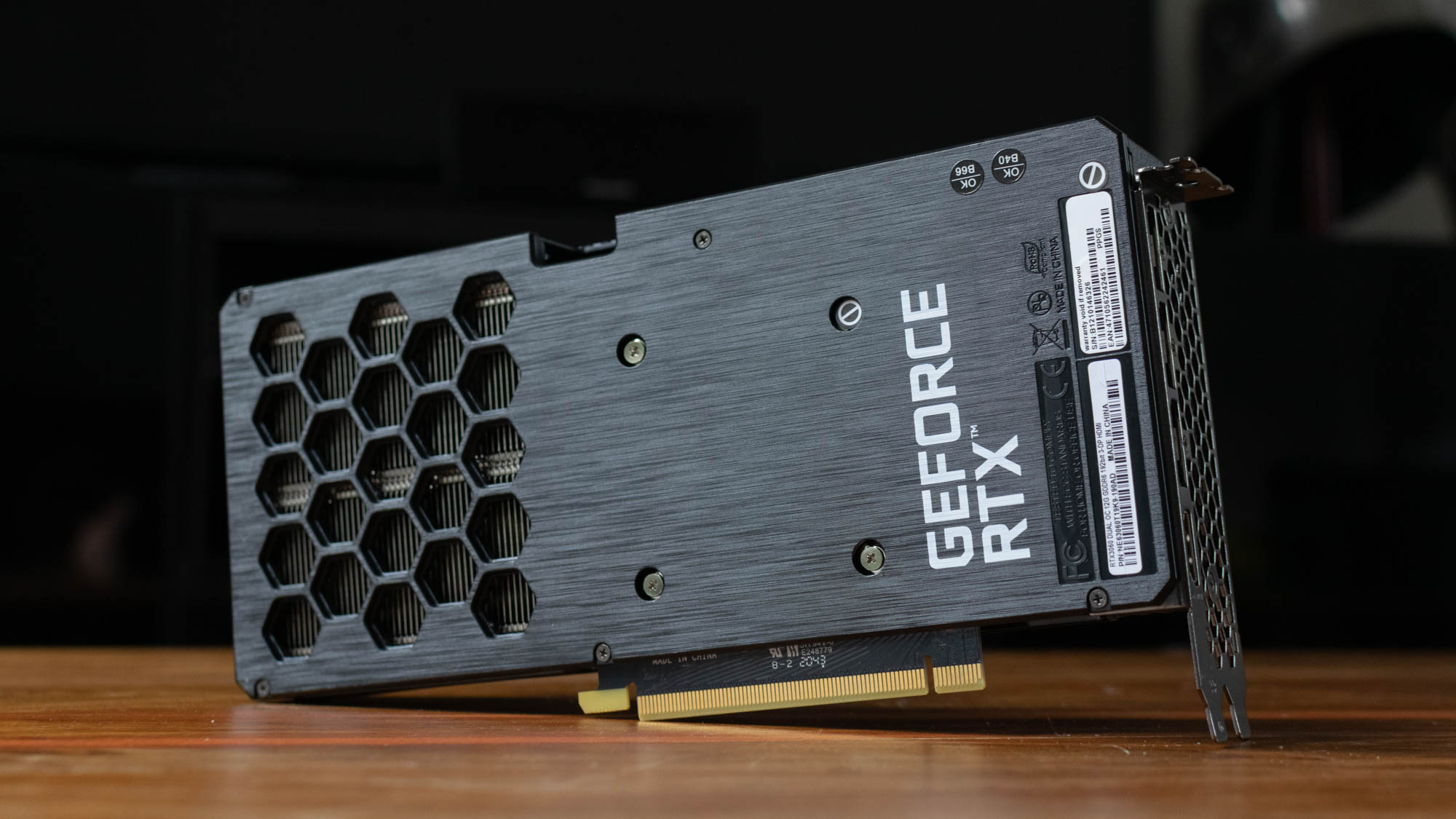
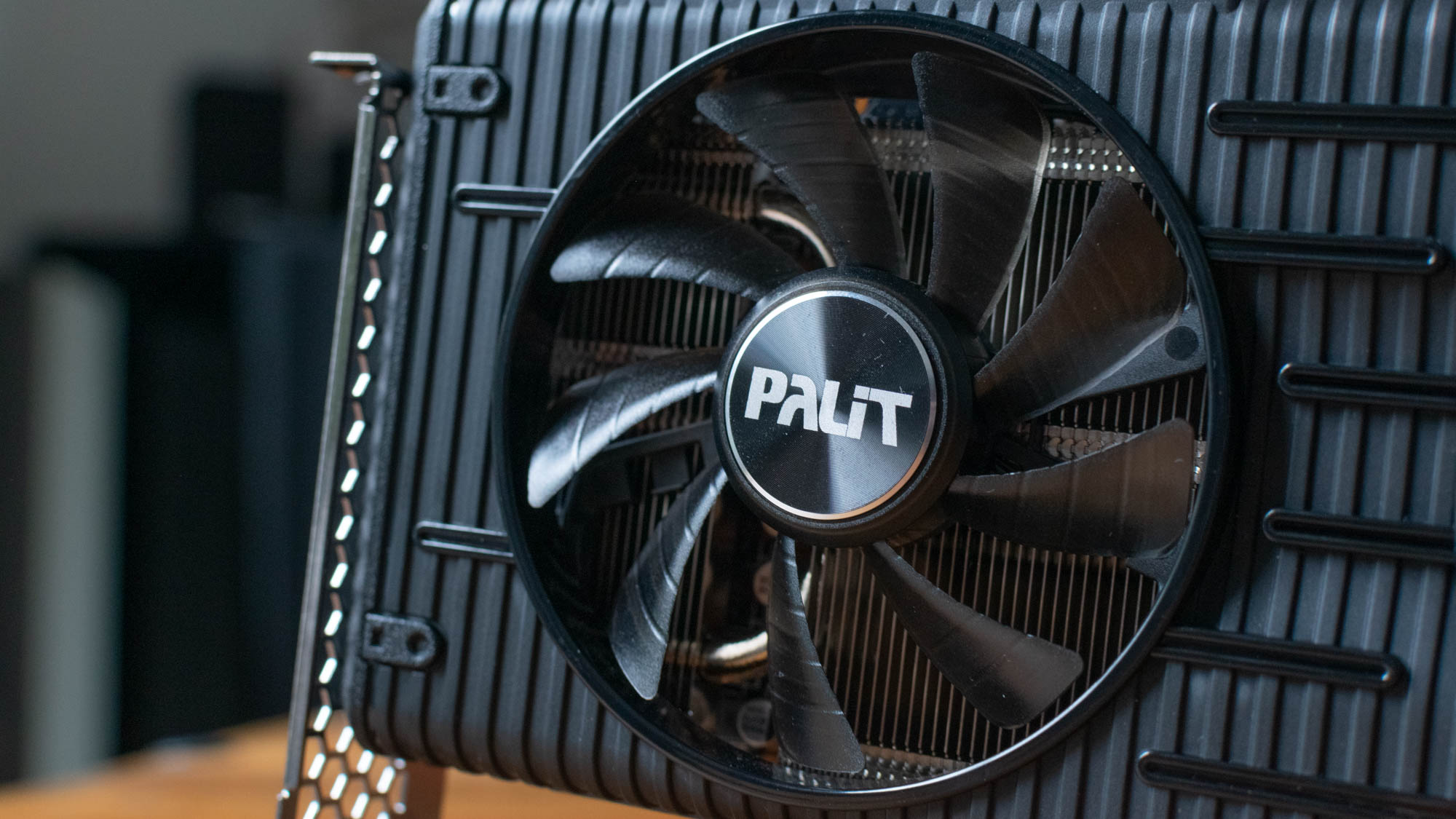
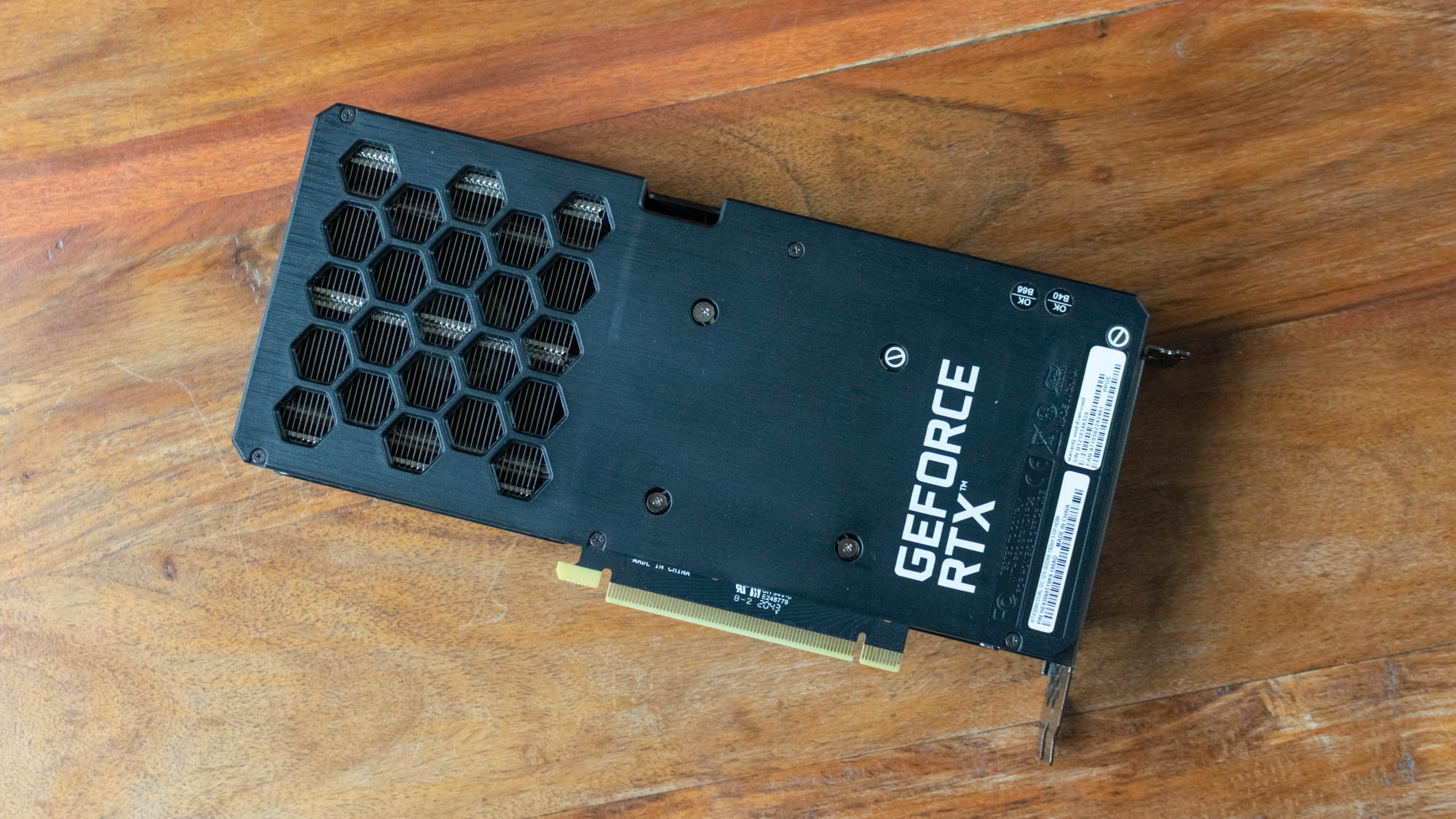
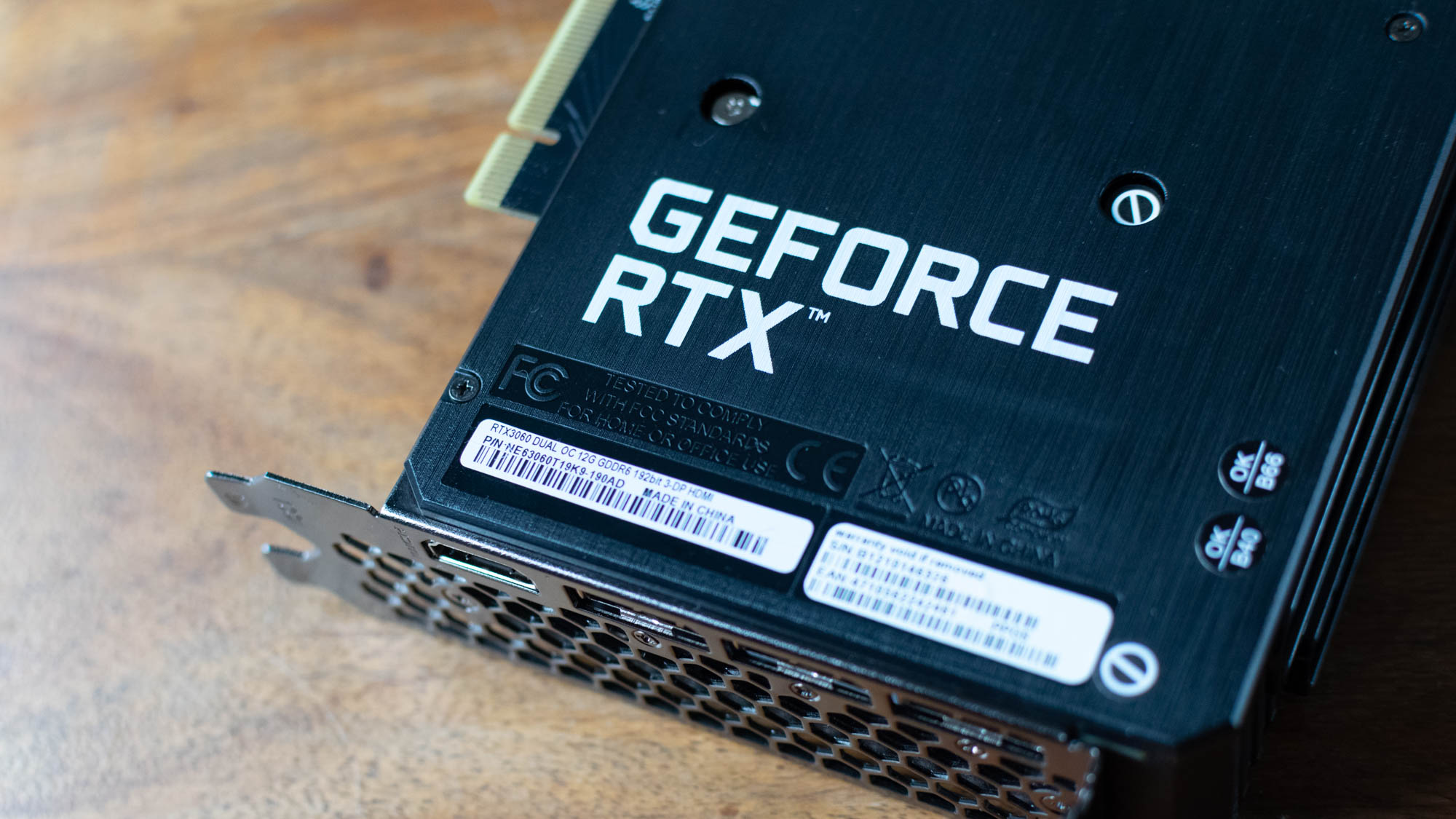
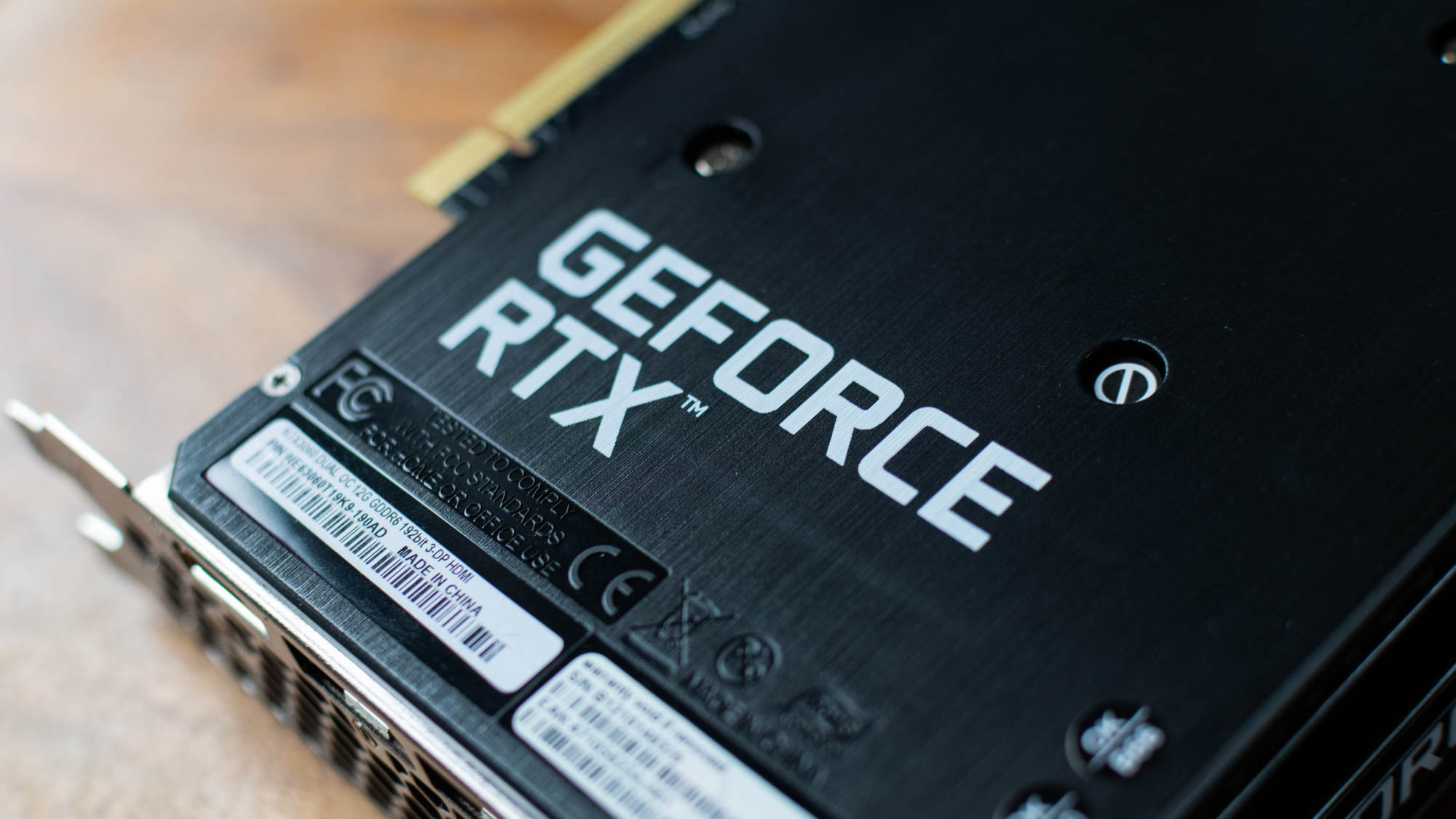
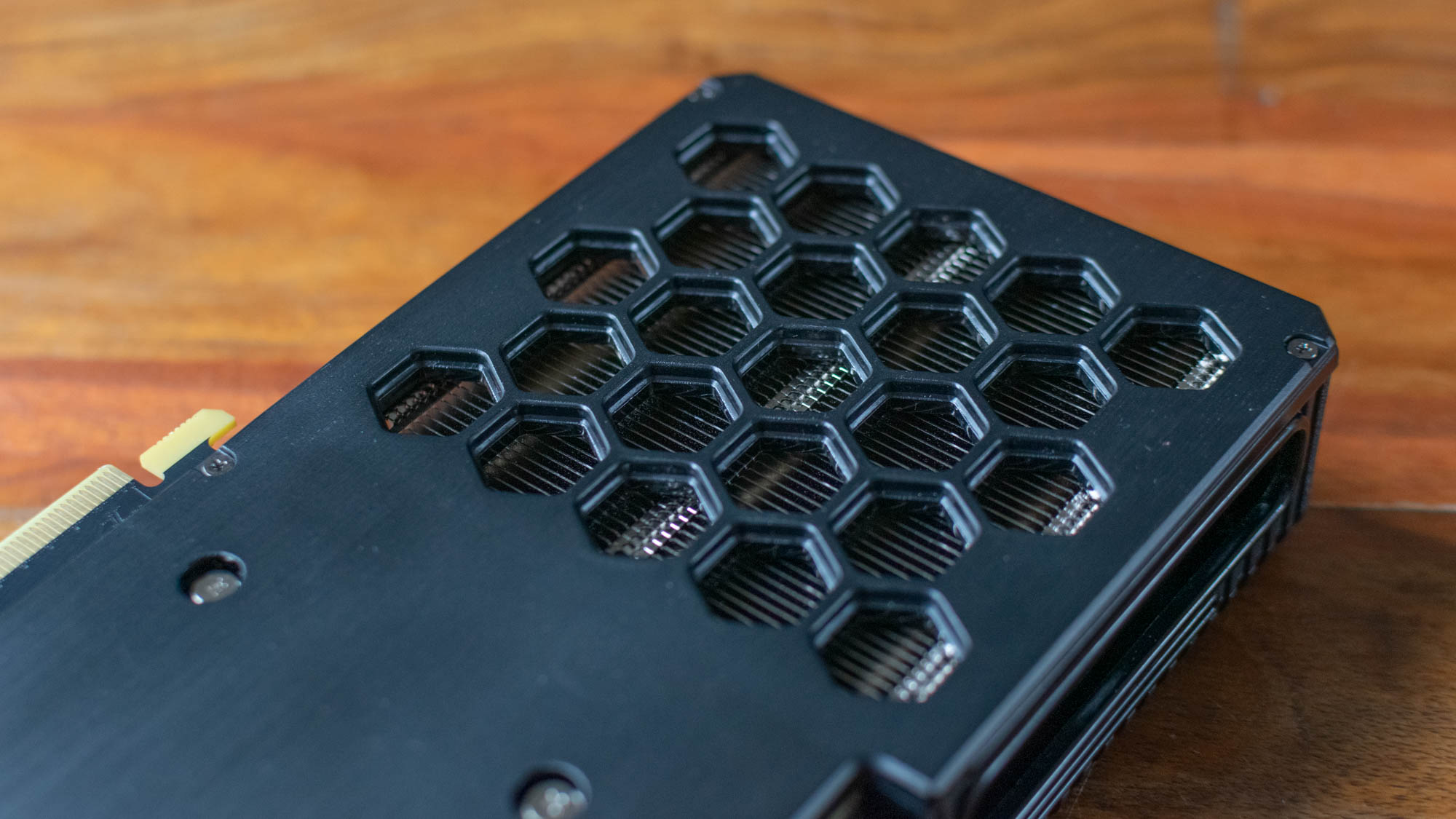
When building a workstation, it can be tempting to focus on overwhelming horsepower over all other considerations, but there’s a lot to be said for taking a more conservative approach to specifications, especially when budgets are tight.
Those with more frugal sensibilities, then, will likely be drawn to the RTX 3060. Representing the bottom end of Nvidia’s latest crop of GPUs in terms of both power and performance, the 3060 nevertheless promises significant advancements over previous generations for a comparatively modest fee.
The card on test here is the Palit Geforce RTX 3060 Dual OC, a partner card which follows the usual trend of building on the stock model with factory overclocking, enhanced cooling and a tweaked design.
Before we begin, a note on pricing; while we’ve quoted the baseline RRP for an RTX 3060 above, factors including chip shortages and cryptocurrency mining booms are currently creating a huge crunch. This means that at the time of writing, you’ll pay significantly more for a 3060 - if you can track one down at all. We’ve used the RRP as a basis for the purposes of relative comparison, and to indicate how much to budget for when (or indeed if) prices start to stabilise again.
Nvidia GeForce RTX 3060 review: Design
Befitting its status as the entry-level card in the RTX 3000 series, the 3060 Dual OC is among the smallest of Nvidia’s new GPUs. It’s a comparatively petite 245mm long, compared to the mammoth 320mm RTX 3090, and it’s only a dual-slot card, in comparison to most other 3000-series boards which effectively take up three PCIe slots.

It’s smaller than both the GTX 1080 and the RTX 2080 Ti, which means upgrading an existing build with this card should be a piece of cake. While it’s not quite as compact as single-fan cards, it should fit into most builds with few problems.
As well as being smaller than other cards, Palit’s offering is also more sedate than many rival manufacturers. Housed in a fairly sober black plastic chassis, the only real design flourishes are a honeycomb bracket to increase airflow and aid stability, and the GeForce RTX branding along the side is the only instance of RGB lighting.
We’re counting that a plus, as GPUs often have a tendency towards somewhat juvenile design sensibilities - but what’s less positive is the slightly flimsy feeling that parts of the chassis have. It’s not a deal-breaker, as your graphics card probably isn’t going to be getting knocked around a great deal, but it’s worth bearing in mind when comparing this card to sturdier equivalents.
In addition to the honeycomb airflow cut-outs we mentioned above, the card is cooled with a pair of 90mm fans and fin-stack heatsinks. The 180W of power the card consumes comes courtesy of a single eight-pin connector, and a system power budget of 550W is recommended.
Nvidia GeForce RTX 3060 review: Specs and performance
Nvidia has introduced a lot of improvements with its latest generation of cards, but if you’re expecting the 3060 to blow every one of its predecessors out of the water, you may be disappointed. This is an entry-level card, so it’s not going to represent an enormous step up over the likes of the 2080 Ti - even with support for PCIe 4 connections.

With that having been said, it’s not exactly a write-off. This GPU is equipped with a meaty 12GB of GDDR6 video memory, alongside 3,584 CUDA cores and maximum base and boost clock speeds of 1,320MHz and 1,837MHz, respectively. That’s not a specification to be sneezed at, especially given the price.
Sadly, however, it didn’t put in the best showing in our benchmarks. Installed in our Chillblast-provided test rig supported by an AMD Ryzen 5 5600X processor and 32GB of RAM, it reached a score of 7,888 in the hotel lobby portion of LuxMark 3.1’s OpenCL GPU rendering test. That’s lagging a little behind the 2080 Ti’s score of 8,492, and a considerable distance behind the 11,916 achieved by the RTX 3070. Its score of 294 for the Octanebench 2020 tests were similarly lacklustre in comparison to its stablemate, which managed to rack up 412 in the same test.
Things start to perk up a little in the SPECviewPerf 2020 professional workload tests; here, the 3060 achieved respective scores in the 3dsmax-07 and maya-06 tests of 101 and 326. It’s still roughly 25% slower than the 3070, but it’s not as much of a gulf as with other tests, and while there’s a definite gap between this card and its more expensive cousin, it’s still capable of powering through even heavy-duty rendering and 3D modelling workloads.
Its poor performance in the CAD, science and engineering portions of SPECviewPerf’s tests, on the other hand, indicate that this card isn’t going to be suitable for much beyond content creation and media workloads, even by the usual standards of Nvidia’s consumer GPUs. It’s a good choice for cost-effective all-purpose workstations, but anyone with specialised or intensive needs would be best advised to look at one of the higher-end models in the range.
Nvidia GeForce RTX 3060 review: Ports and features
As with the RTX 3070, the 3060’s port selection isn’t hugely extensive; there’s one HDMI 2.1 output and three DisplayPort 1.4a outputs, but no USB-C ports to speak of. That’s not a massive loss though, given how widespread the two ports on offer are.

The card supports a maximum resolution of 7,680 x 4,320, and can drive up to four displays. There’s no SLI support for multiple GPUs, but users get all the other benefits of the new RTX line, including DLSS, second-generation ray tracing cores and third-generation tensor cores.
Nvidia GeForce RTX 3060 review: Verdict
Considering the amount of power on display, the RTX 3060 is a pretty stonking deal. It’s less than half the price of the next model up, but manages to avoid a corresponding drop in performance. In fact, it’s not that far behind the 3070 at all, and it’s powerful enough to cope with moderate-to-serious media and rendering workloads. It’s almost enough to keep pace with the RTX 2080 Ti, which is impressive considering how far off the 3060 is from the 2080 Ti’s launch price.
Admittedly, this isn’t a powerhouse card; it’ll start to falter under strenuous enterprise rendering workloads, and scientific or engineering applications should definitely be avoided. If all you’re looking for is a solid all-rounder that won’t cost the earth, however, you could do a lot worse than outfitting your workstation with this tidy little number.
Palit Geforce RTX 3060 Dual OC specifications
| Stream processors | 3,584 |
| Base clock | 1,320MHz |
| Boost clock | 1,837MHz |
| Memory | 12GB |
| Connectivity | PCIe 4.0 16x |
| Display outputs | 3 x DisplayPort 1.4, 1 x HDMI 2.1 |
| Max resolution | 7,680 x 4,320 @60Hz |
| TDP | 180W |
| Power connections | 1x 8-pin |
| Supported APIs | Microsoft DirectX 12 Ultimate, Vulkan RT API, OpenGL 4.6 |
Get the ITPro daily newsletter
Sign up today and you will receive a free copy of our Future Focus 2025 report - the leading guidance on AI, cybersecurity and other IT challenges as per 700+ senior executives
Adam Shepherd has been a technology journalist since 2015, covering everything from cloud storage and security, to smartphones and servers. Over the course of his career, he’s seen the spread of 5G, the growing ubiquity of wireless devices, and the start of the connected revolution. He’s also been to more trade shows and technology conferences than he cares to count.
Adam is an avid follower of the latest hardware innovations, and he is never happier than when tinkering with complex network configurations, or exploring a new Linux distro. He was also previously a co-host on the ITPro Podcast, where he was often found ranting about his love of strange gadgets, his disdain for Windows Mobile, and everything in between.
You can find Adam tweeting about enterprise technology (or more often bad jokes) @AdamShepherUK.
-
 ‘Phishing kits are a force multiplier': Cheap cyber crime kits can be bought on the dark web for less than $25 – and experts warn it’s lowering the barrier of entry for amateur hackers
‘Phishing kits are a force multiplier': Cheap cyber crime kits can be bought on the dark web for less than $25 – and experts warn it’s lowering the barrier of entry for amateur hackersNews Research from NordVPN shows phishing kits are now widely available on the dark web and via messaging apps like Telegram, and are often selling for less than $25.
By Emma Woollacott Published
-
 Redis unveils new tools for developers working on AI applications
Redis unveils new tools for developers working on AI applicationsNews Redis has announced new tools aimed at making it easier for AI developers to build applications and optimize large language model (LLM) outputs.
By Ross Kelly Published
-
 Google layoffs continue with "hundreds" cut from Chrome, Android, and Pixel teams
Google layoffs continue with "hundreds" cut from Chrome, Android, and Pixel teamsNews The tech giant's efficiency drive enters a third year with devices teams the latest target
By Bobby Hellard Published